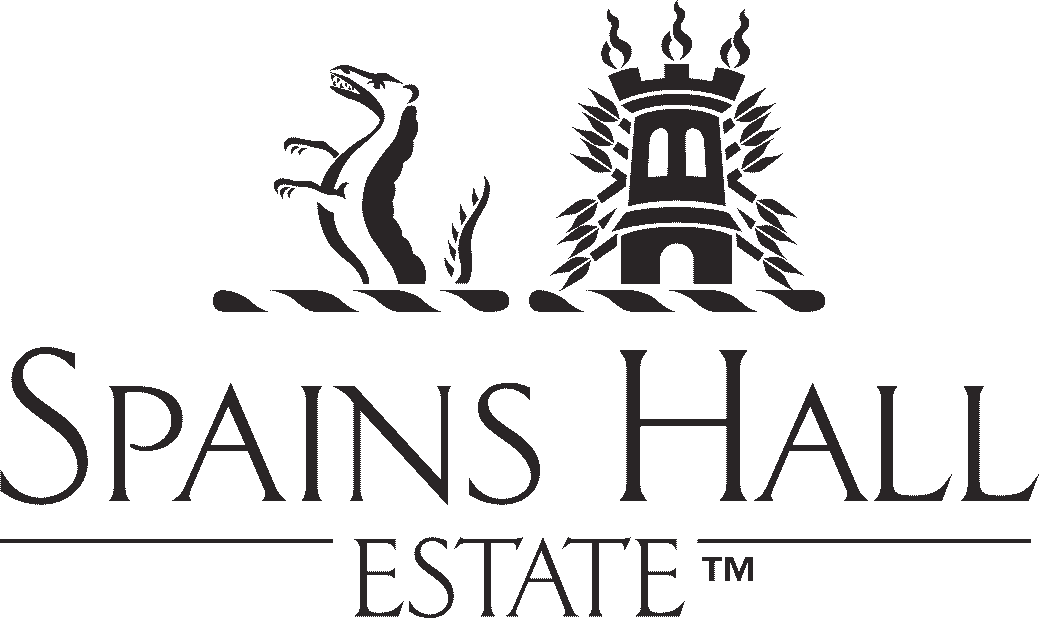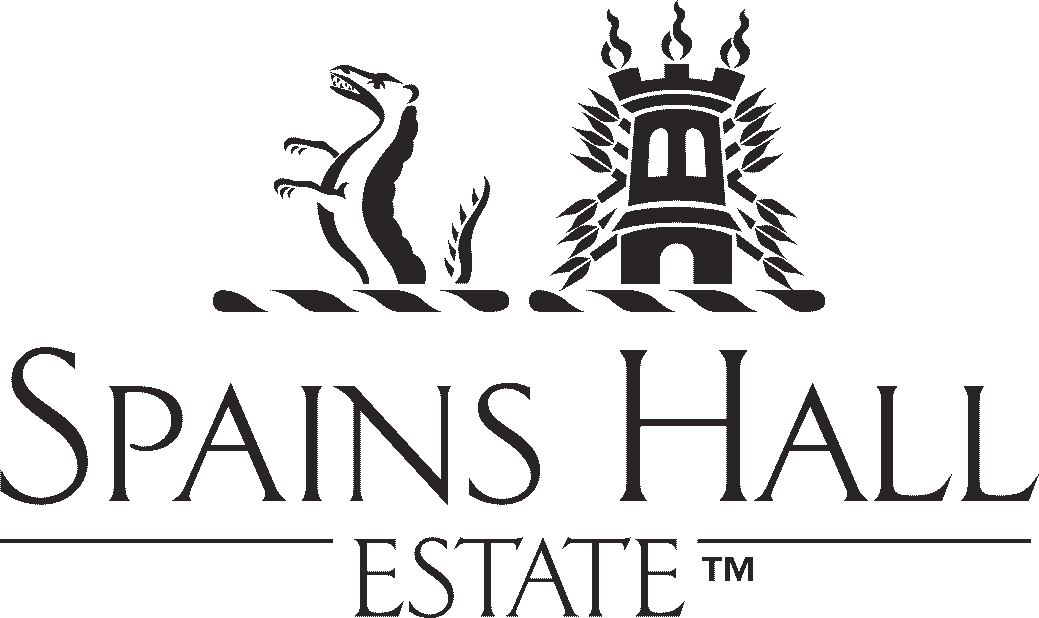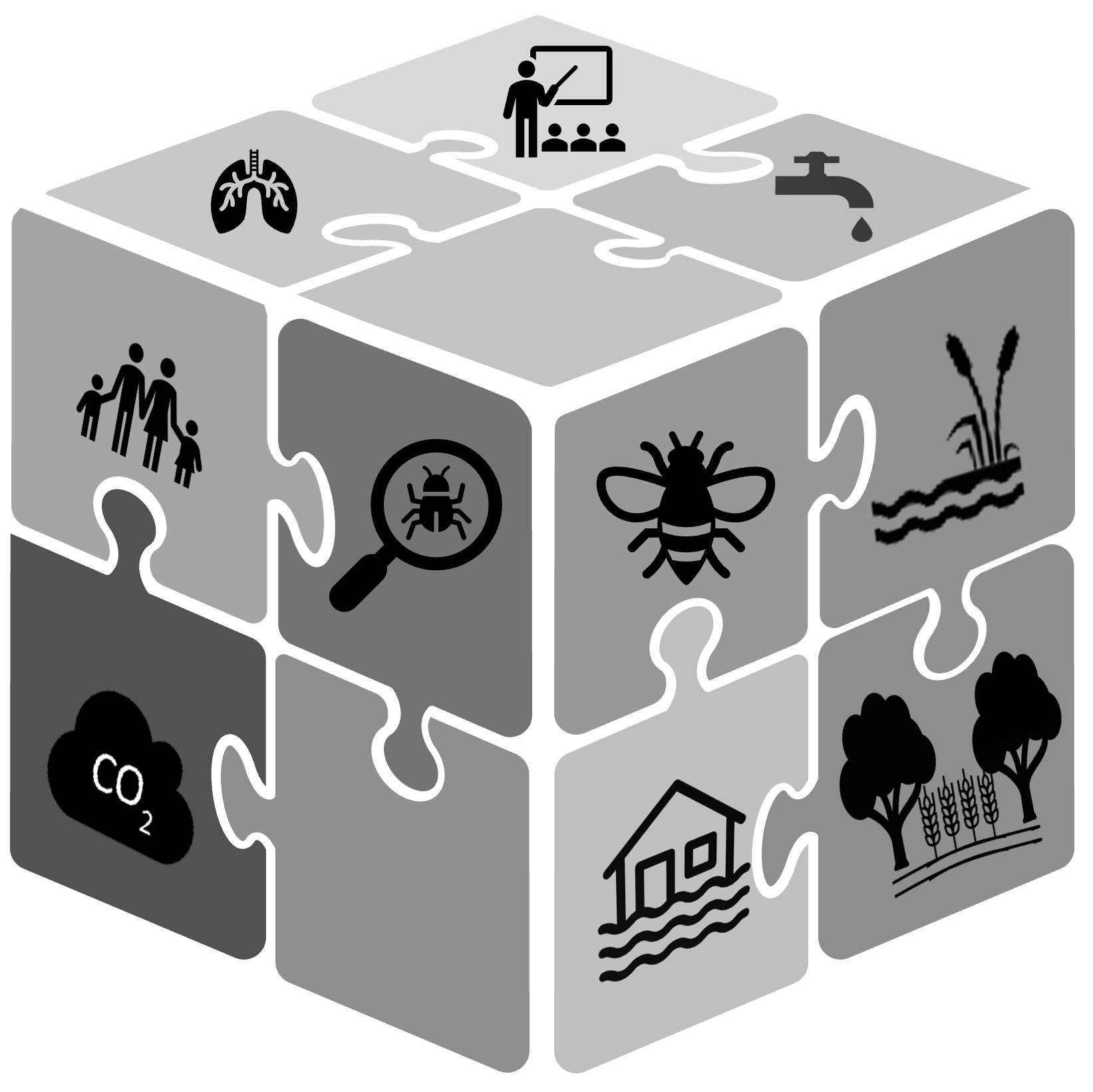Wilding
Taking our lead from nature
We believe that working with nature, and taking our lead from nature's capacity to change (and respond to change) represents the optimal system for us to encourage on the estate.
However, as we are in a highly agriculturally productive landscape and reasonably far from major population centres, allowing the entire estate to revert to self-willed land isn't a viable option for us.
Instead we identify areas where a more hands-off approach, including releasing beavers, can drive change and deliver the best possible ecosystem services benefits.
Integrating farming and wildlife
We are working to deliver a complete system change in how we view, and use, our land.
Around half the estate will remain traditionally farmed, managed by our long-term farming tenant families.
The other half, managed directly by the estate, will transition from commodity based agricultural production to a system of perennial crops planted within and alongside a wide range of high impact permanent and rotational environmental options.
Delivering a holistic solution
Historically the estate's land has been primarily used for food production. However, over time, this has led to other ecosystem services being marginalised as they are unable to generate income to support the business. We are not unique in this respect, most agricultural land across the globe suffers the same issue.
Our new system aims to rebalance this situation by modelling how each ecosystem service (such as water quantity, water quality, flood risk, wildlife, climate regulation, food and fibre) will be affected by the planned land use changes. We then use this information to inform delivery plans, but also to reveal the value to society (and private interests) of de-intensifying land use.
Natural Capital Valuation
Our Natural Capital approach provides the evidence base to underpin a system that leverages the value of non-extractive land uses (including flooded land, wilded areas, below ground water storage, carbon sequestration and uncropped fields) to generate sufficient annual revenues to permanently displace traditional crop sales (in some areas of the farm).
This is subtly different to many 'rewilding' approaches that rely heavily on secondary income streams (from tourism, for example) to sustain the desired land use.
We are already a diversified estate and now need to secure value from the underlying sustainable land use, rather than starting up yet another enterprise to offset the costs of doing the right thing.
If successful this will enable the estate to establish and retain the new system, and provide inspiration for others who may wish to adopt this type of approach on their land.




